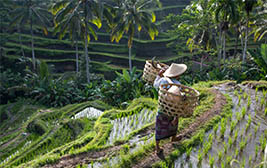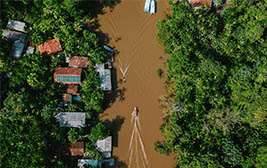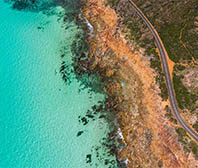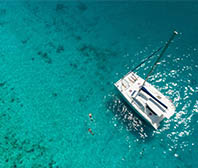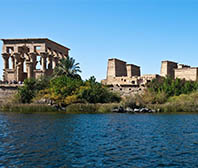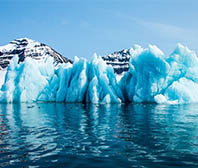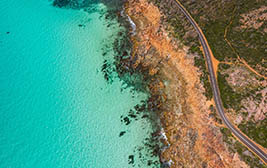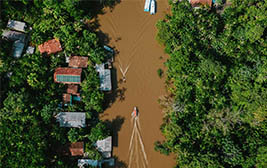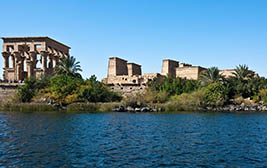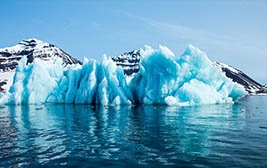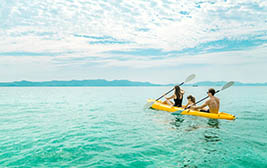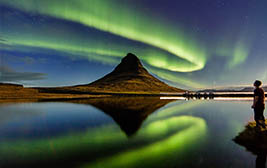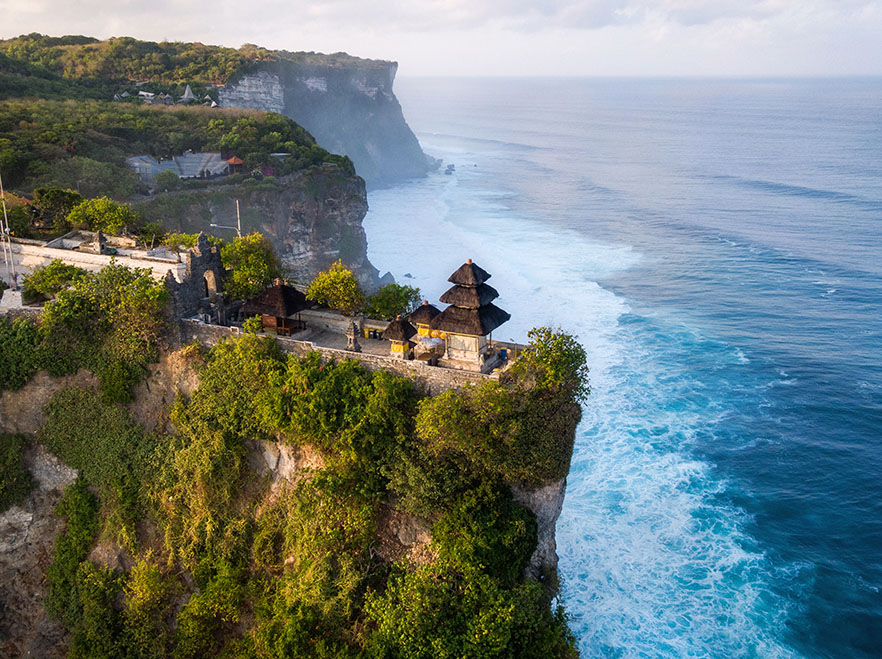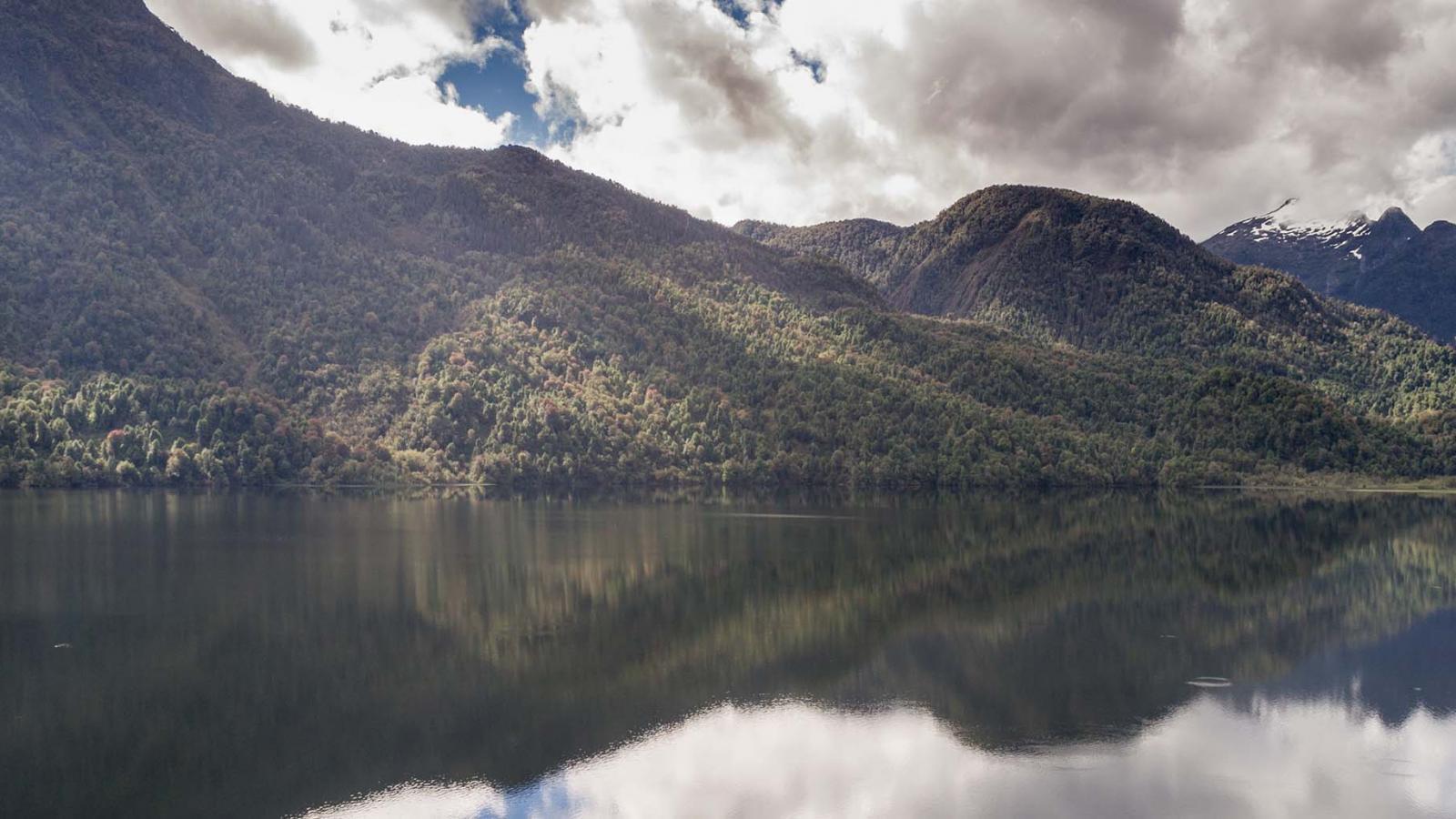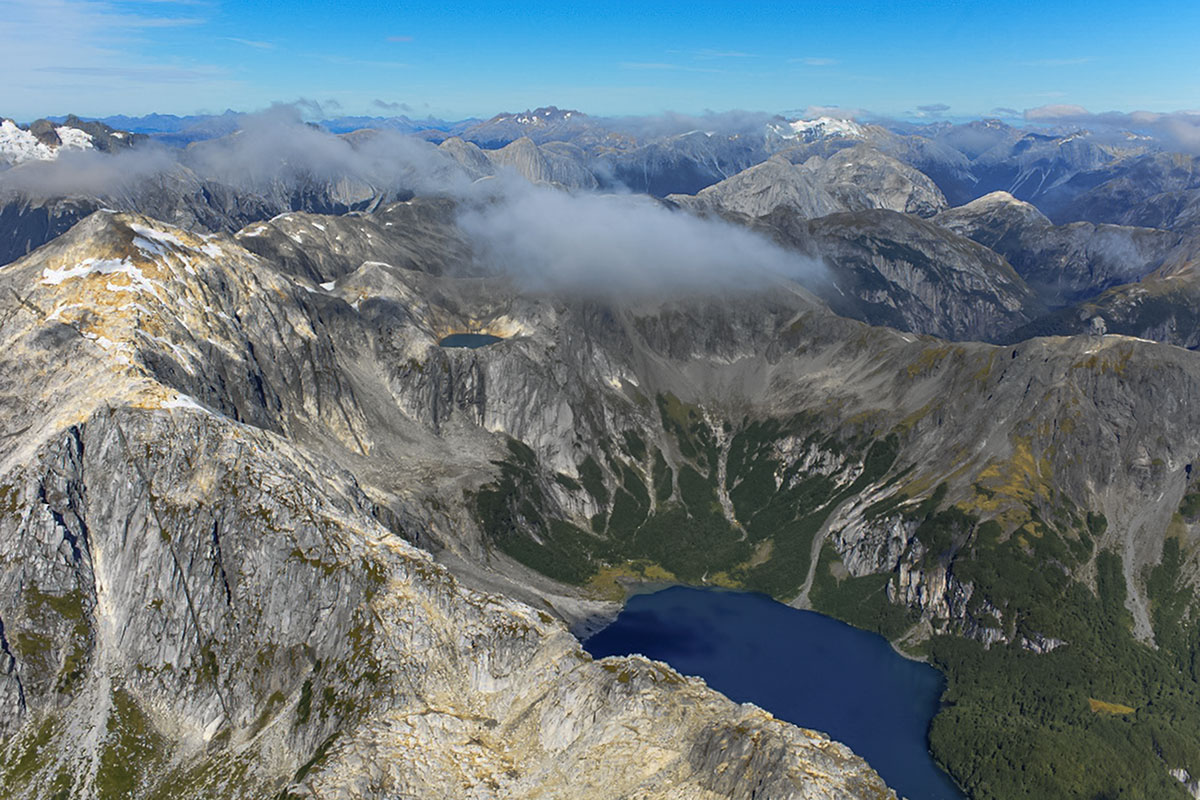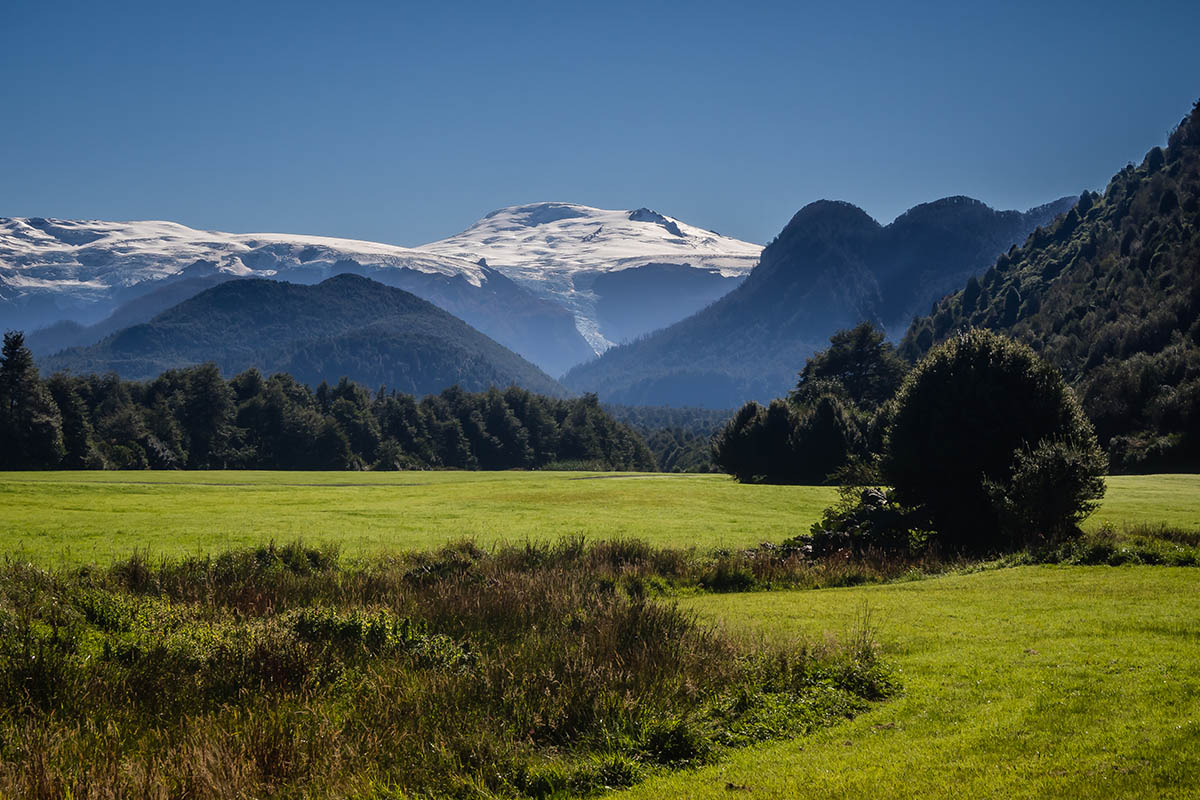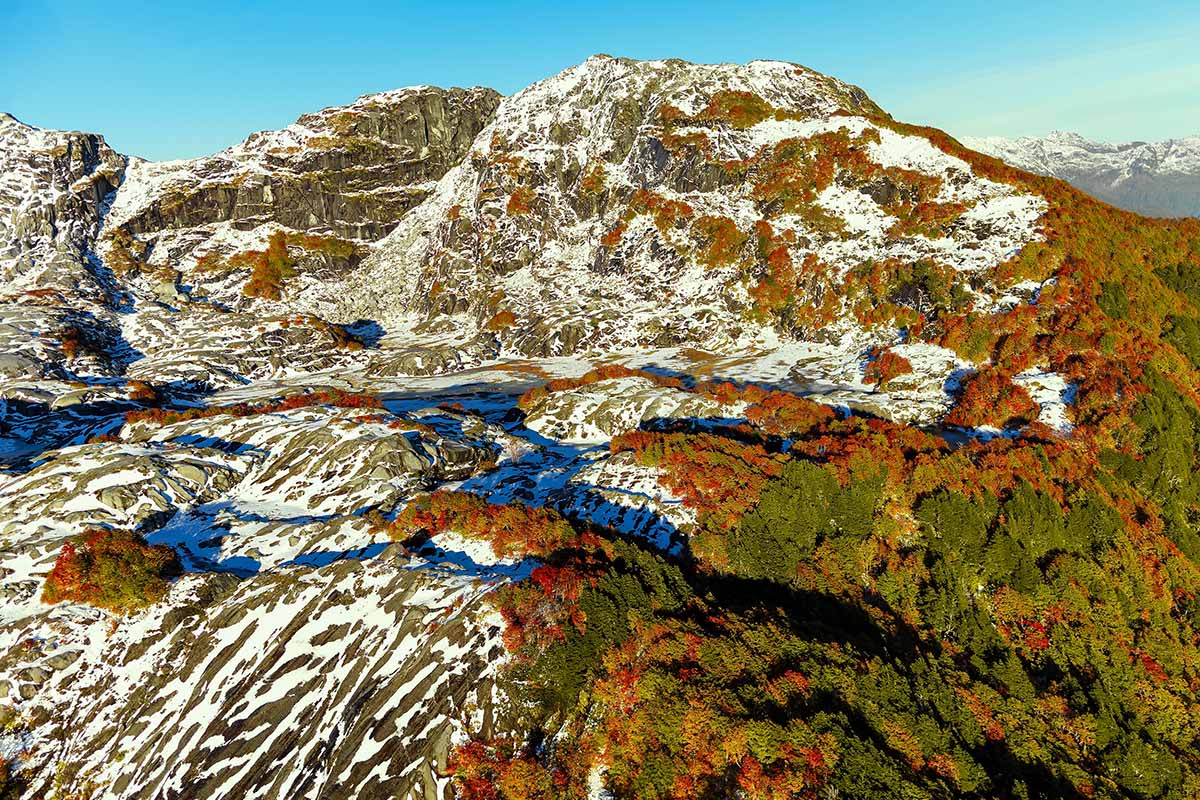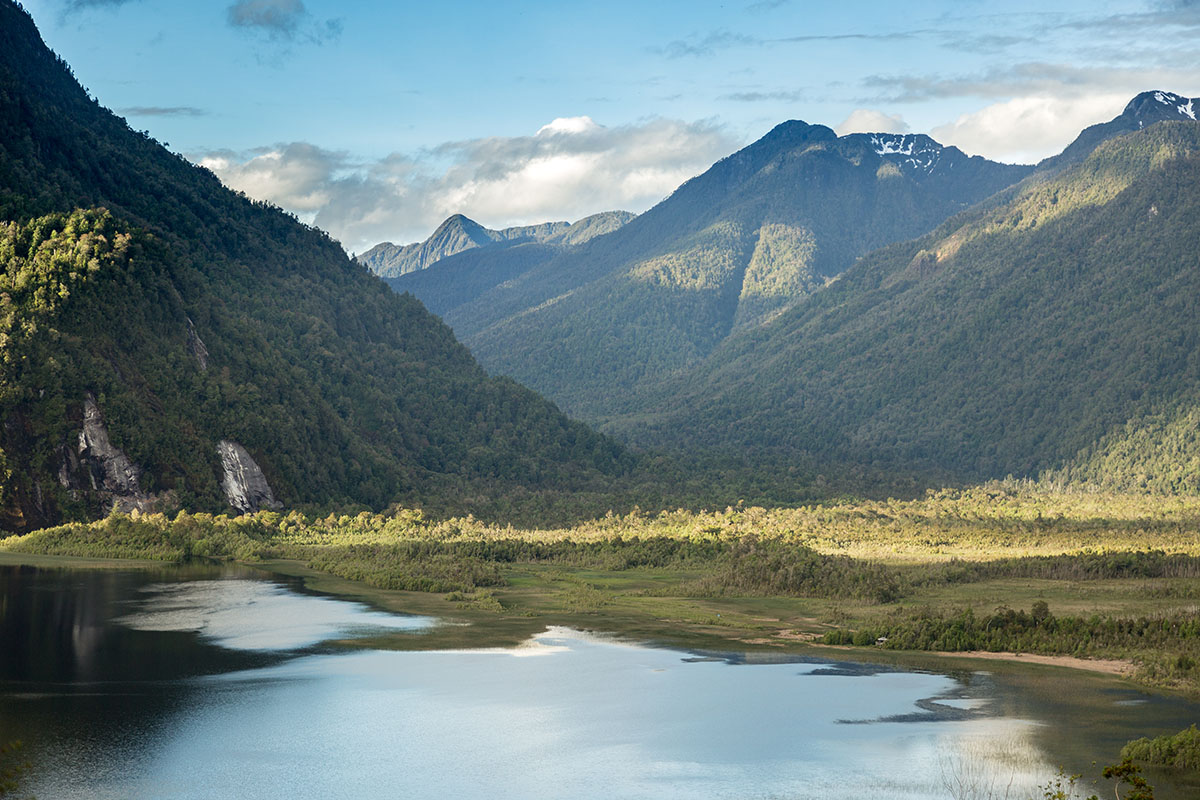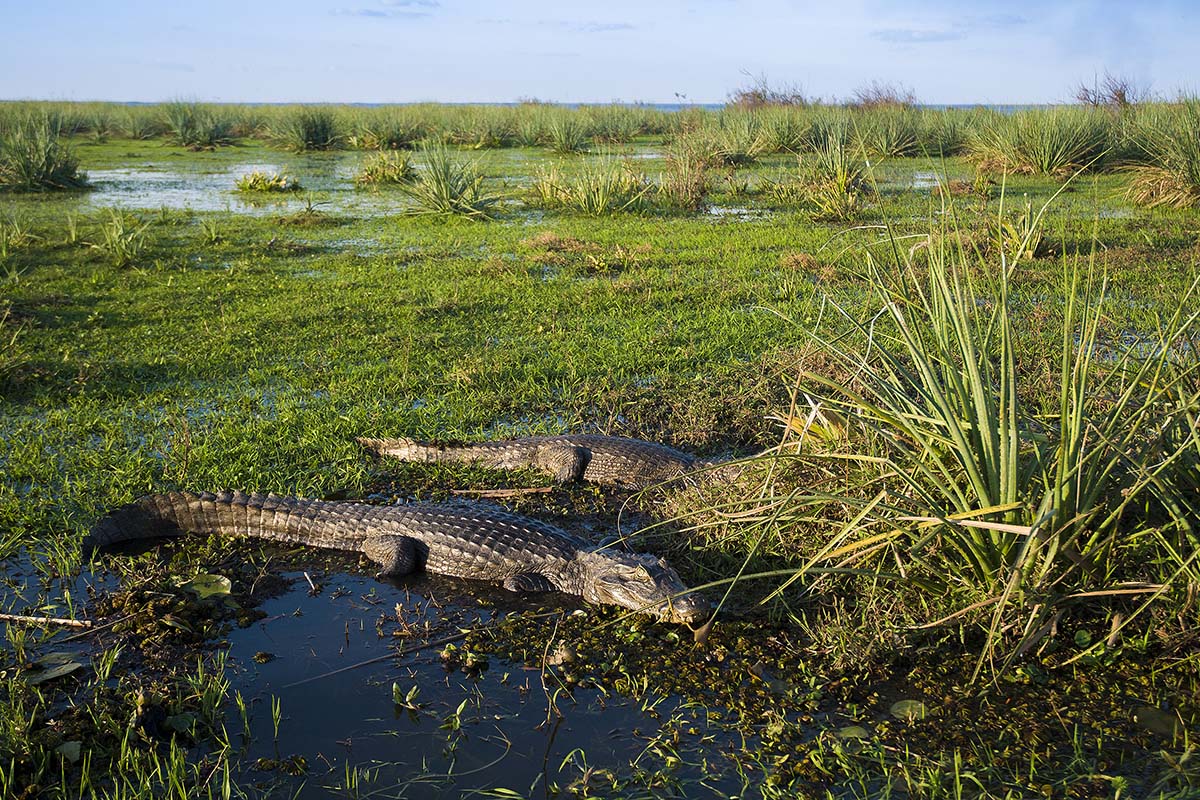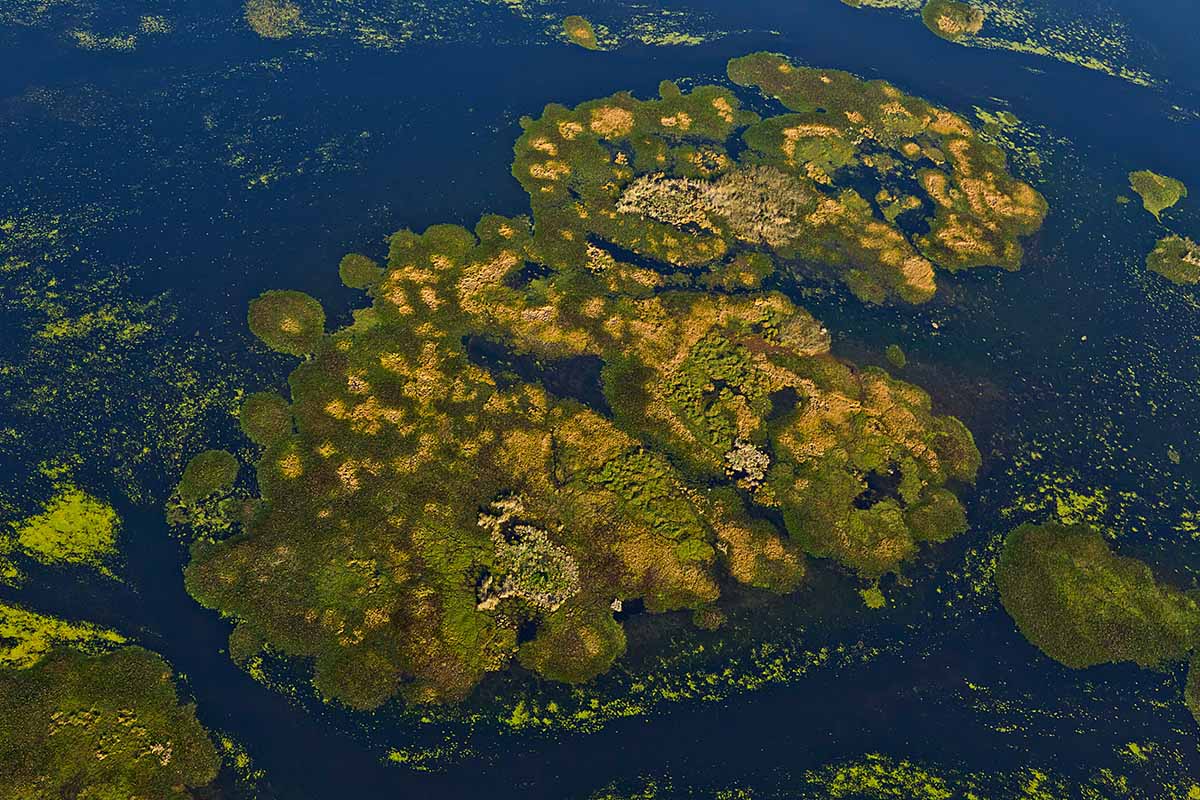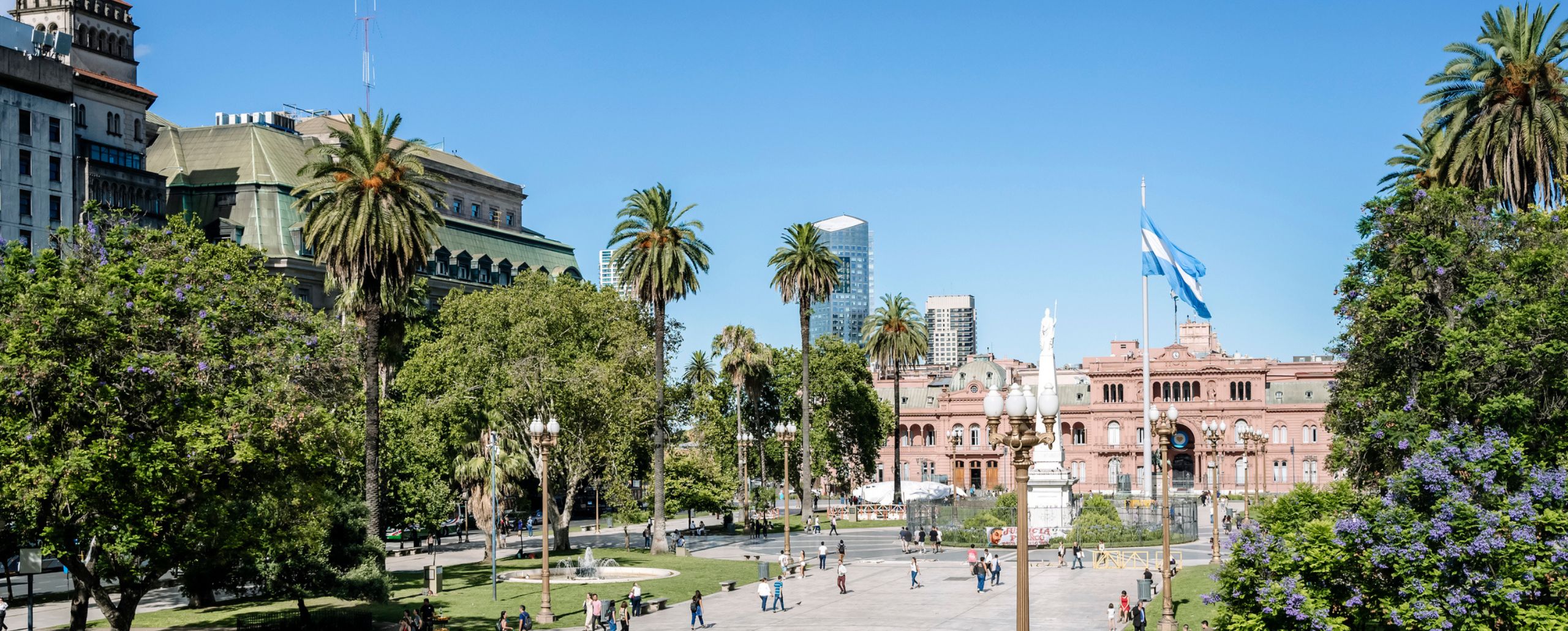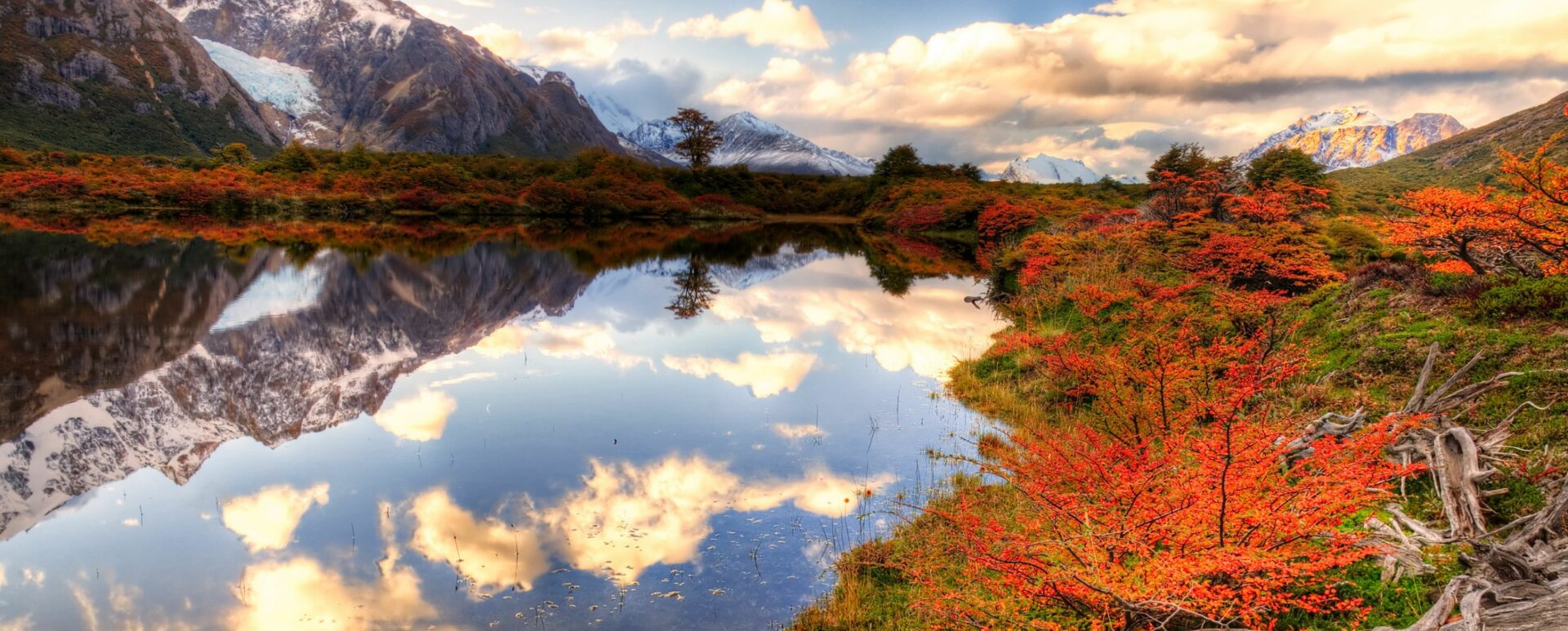Despite growing fears over the future of our planet due to climate change, there are many inspiring people doing their utmost to protect earth’s vulnerable wildlife and spectacular landscapes for future generations. Christopher Wilmot-Sitwell reports on Chile’s Pumalín Douglas Tompkins National Park and Argentina’s Iberá National Park, both of which have incredible projects in progress
I first came across the phenomenon of Doug Tompkins 20 years ago, when I visited Pumalín Park in southern Chile. Since establishing his Foundation for Deep Ecology (FDE) in 1990 and The Conservation Land Trust (CLT) in 1992 – both under the wing of umbrella organisation Tompkins Conservation – the co-founder of North Face has done an enormous amount for the protection of wildlife and wild spaces in Chile and Argentina.

